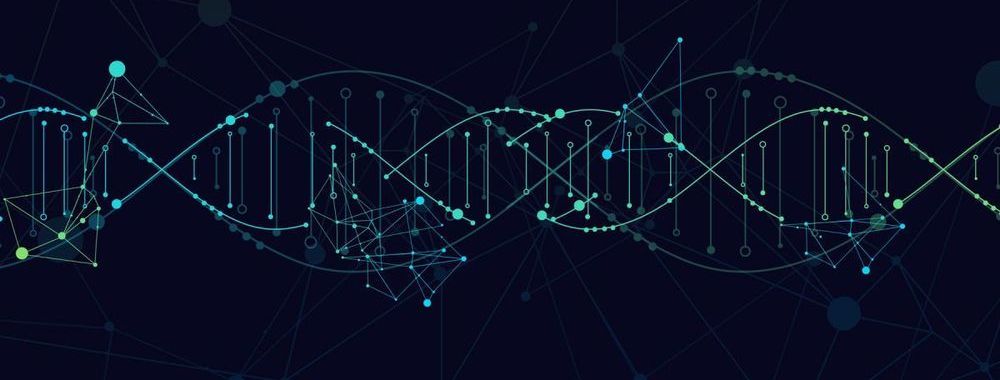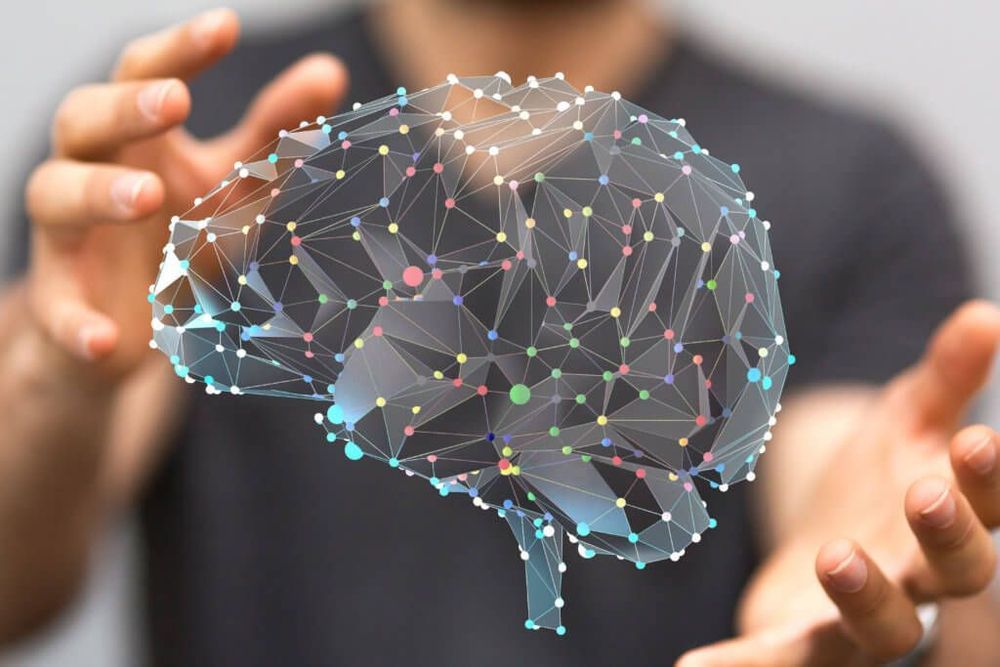Can we learn from Isaac Newton?
With neither older scholars to guide him nor modern media distractions, student Isaac Newton came up with his most amazing works while sheltering from the plague.


A new study offers a better understanding of the hidden network of underground electrical signals being transmitted from plant to plant – a network that has previously been shown to use the Mycorrhizal fungi in soil as a sort of electrical circuit.
Through a combination of physical experiments and mathematical models based on differential equations, researchers explored how this electrical signalling works, though it’s not clear yet exactly what messages plants might want to transmit to each other.
The work builds on previous experiments by the same team looking at how this subterranean messaging service functions, using electrical stimulation as a way of testing how signals are carried even when plants aren’t in the same soil.

🤔
It’s not yet clear why some people infected with SARS-CoV-2, the virus that causes COVID-19, get really sick, while others have only mild symptoms. There’s some evidence that chronic health conditions—such as hypertension and diabetes can play a role, and scientists know that people’s genes can influence how their bodies react to other viruses. In a preprint posted to medRxiv on June 2, researchers describe a genome-wide association study (GWAS) of from 1,610 hospitalized patients with COVID-19 and 2,205 healthy controls. The authors identified variants in two regions—the locus that encodes blood type and a multi-gene cluster on chromosome 3—that were linked to respiratory failure during SARS-CoV-2 infection.
In a genome-wide association study, variants in both the ABO blood group locus and a cluster of genes on human chromosome 3 are more common among COVID-19 patients with respiratory failure than in the general population.

The first reliable way of isolating sperm stem cells from the testes and growing them outside the body could help infertile men have genetic children of their own.
A few teams have claimed to have isolated sperm stem cells before, but haven’t been able to repeat the results. “The general feeling is that there is no reliable method,” says Miles Wilkinson at the University of California, San Diego.


Tesla is scrapping plans for a bargain Model Y SUV because of its short range on a single charge, CEO Elon Musk said in a tweet over the weekend.
Earlier this year, the electric car maker began producing its pricier, dual-motor all-wheel drive version of the Model Y, which starts at $49,000.
Tesla had planned to roll out a cheaper version of the Model Y — expected to be priced under $40,000 — with a single engine, rear-wheel drive and smaller battery. But Musk tweeted that the range on that vehicle would have been “unacceptably low” at less than 250 miles on a single charge.

Theoretical Physicist Lawrence Krauss writes in the Wall Street Journal.
WSJ: In the 1980s, when I was a young professor of physics and astronomy at Yale, deconstructionism was in vogue in the English Department. We in the science departments would scoff at the lack of objective intellectual standards in the humanities, epitomized by a movement that argued against the existence of objective truth itself, arguing that all such claims to knowledge were tainted by ideological biases due to race, sex or economic dominance.
It could never happen in the hard sciences, except perhaps under dictatorships, such as the Nazi condemnation of “Jewish” science, or the Stalinist campaign against genetics led by Trofim Lysenko, in which literally thousands of mainstream geneticists were dismissed in the effort to suppress any opposition to the prevailing political view of the state.

In the coronavirus economy, companies are adopting more automation, as they seek to cut costs and increase efficiency. There is debate about which jobs are most at risk and how soon. But climbing up the skills ladder is the best way to stay ahead of the automation wave.
Even groups that regularly disagree on labor issues said there should be significant public investment in programs that can upgrade the skills of American workers.
“There is conceivably a way to do warp drive.” Elon Musk discusses warping space within the known laws of physics, the expansion of the universe being faster than the speed of light (which allow us to see back in time when looking into space) and dark matter.